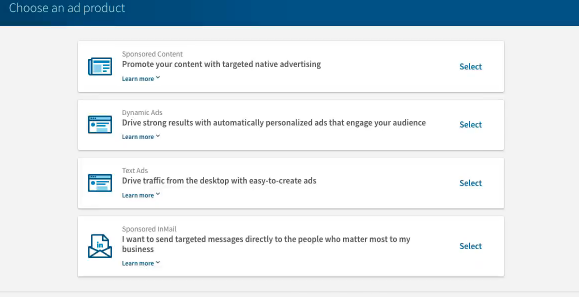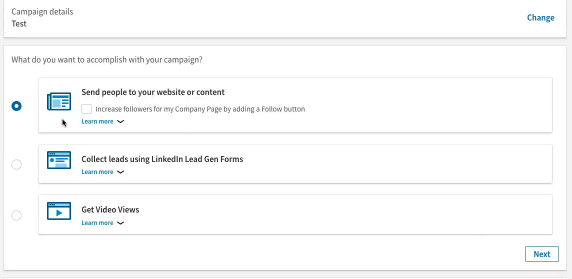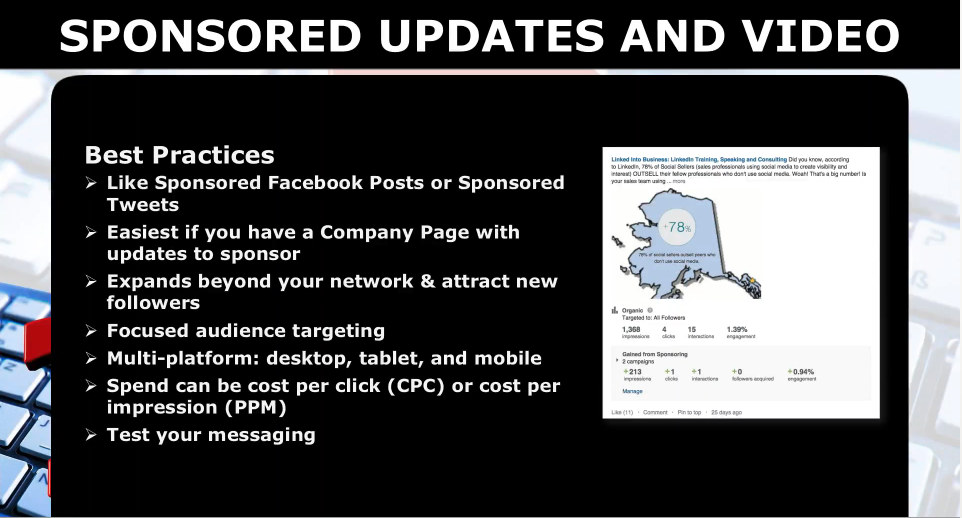Is Organic Social Media Marketing a Thing of the Past? written by John Jantsch read more at Duct Tape Marketing
The world of social media is constantly changing and evolving. What was an effective marketing strategy two years ago would not garner nearly the same level of success today, and in the past year we’ve seen marketers make a major push towards paid social media. According to a survey from Social Media Today, 68 percent of marketers surveyed plan to spend more on social media ads in 2019 than they did the previous year.
What does all of this mean for organic social media? Is it time to forego those free marketing efforts and focus exclusively on paid social?
The fact of the matter is that without a solid organic social base, you can’t possible build out a meaningful paid social approach. Here are the reasons that organic social media marketing is here to stay.
It Allows You to Claim Real Estate on SERPs
Establishing organic social pages does more than just give you a presence on that respective social platform (which is important, and not to be discounted!). It also allows you to snap up more space on search engine result pages.
Think about it: If you’re the owner of Lee’s Sandwich Shop in Springfield, USA and someone types your business’s name and location into a search engine, your website will likely be one of the top links. But if that’s your sole online presence, the other nine slots on the first page of results will be taken up by other information—and maybe even by competitors’ sites.
However, if you’ve established your presence on social media sites and Google My Business (which I’ve predicted is going to become Google’s answer to the social network), then that gives you several more opportunities to rank on that first page of results.
The benefit there is twofold. First, having your name appear multiple times in search results makes it all the more likely that someone will click on a link related to your business. And second, seeing your name over and over in results will lend additional legitimacy and build trust with users.
Trust Concerns Mean Private Groups Are on the Rise
It’s been a rough few years for social media networks with respect to consumer trust. Between major security breaches and marathon Congressional hearings, the public is more wary than ever of the legitimacy of what they see on social sites.
Because of this, a lot of brands have started creating private groups and accounts. Often these are run in conjunction with their public pages, but they’re a way for the brand to build trust with their followers and to eliminate the doubt they may feel around the messaging on a public page.
Not only that, but they can be a way to ask for user feedback and create the sense of a more exclusive community. When a brand invites followers into their private inner circle, it gives the fan the feeling that they’re a part of something special.
Live Content and Stories Take the Day
Marketers across the board are excited about the promise of video. And surveys show that it’s the preferred means of receiving content for consumers. One particularly exciting aspect of video is the ability to include live content on a number of social media platforms.
Live content is exciting for a number of reasons (namely: its ephemeral quality makes it more fun and engaging than static content), and Facebook Live and Instagram Stories allow you to connect with followers in the way you can’t with even a video ad.
The level of personal connection you can create with viewers in a live video is something that can’t be replicated with pre-recorded content. Plus, when you do things like share behind-the-scenes videos of the in-person event you’re hosting, it generates more buzz than a promo video beforehand or recap video after ever could.
It Gives Reviewers a Place to Go
Online reviews hold a lot of sway with prospects and customers. Social media platforms are a place where people often go to share their thoughts on a brand. Facebook has integrated a rating and review system right into their business pages, and on sites like Instagram and Twitter, excited fans will often tag their favorite brand in shout-outs about their great product or service.
If you don’t have an organic presence on these sites, people don’t have anywhere to go to share their thoughts on your business. And really the only thing worse than bad reviews are no reviews at all. Surely you’ve had the experience of Googling a company only to find they have no online reviews (or only a handful from years ago). You immediately begin to wonder: Did they go out of business? Did they bribe three of their friends to say something flattering when they first opened and then haven’t gotten a kind word since? If no one’s said anything positive, it must be because everyone has a negative experience there!
Of course, those aren’t the kind of thoughts you want running through people’s heads when they search for your business, so make sure that your happy customers have plenty of places where they can share their positive story.
…Not to Say That Paid Social Doesn’t Matter
There are obvious benefits to a strong organic social media approach (and I recently shared some of the ways to get your organic presence back in tip-top shape if you’ve let it fall to the wayside).
But the best way to get the most out of your organic social media is to pair it with a paid approach.
While organic social media is a great way to engage with those who are already familiar with your brand, paid social provides you with the opportunity to reach new audiences. Social platforms give you the flexibility to create all kinds of ads—videos, photos, text-based—and to place them in all sorts of areas—in viewers’ newsfeeds, as banners on videos, alongside organic content. Plus, social platforms know their users and allow marketers the opportunity to direct their ad spend at the prospects with the right attributes (like demographics, location, and past activity on the site). This means that marketers know the right people are seeing their ads, and they can rest easy knowing they’re getting the greatest possible ROI.
In addition to creating separate ads, most social platforms will allow those with a business account to boost organic content. This means that if you’ve already created and shared something organically, for a small fee you can increase viewership and engagement on the post. When done selectively, you can get meaningful mileage out of the organic content for a minimal cost.
Yes, we’re seeing marketers who are more excited than ever to be devoting efforts to paid social. But that doesn’t spell doom for organic social. The two can and should be used in conjunction, and a smart organic approach is still a critical part of any smart, modern-day social media strategy.




 Michael Holloway is the Lead Writer at FBI Consultancy Ltd. He is a professional writer and author. His website is www.mjdholloway.com and his company website is www.fbiconsultancy.com. If you need to retain an interim director, business troubleshooter, business growth consultant, or LinkedIn consultancy, contact us on (+44) 0151 647 1716
Michael Holloway is the Lead Writer at FBI Consultancy Ltd. He is a professional writer and author. His website is www.mjdholloway.com and his company website is www.fbiconsultancy.com. If you need to retain an interim director, business troubleshooter, business growth consultant, or LinkedIn consultancy, contact us on (+44) 0151 647 1716 Author Bio
Author Bio